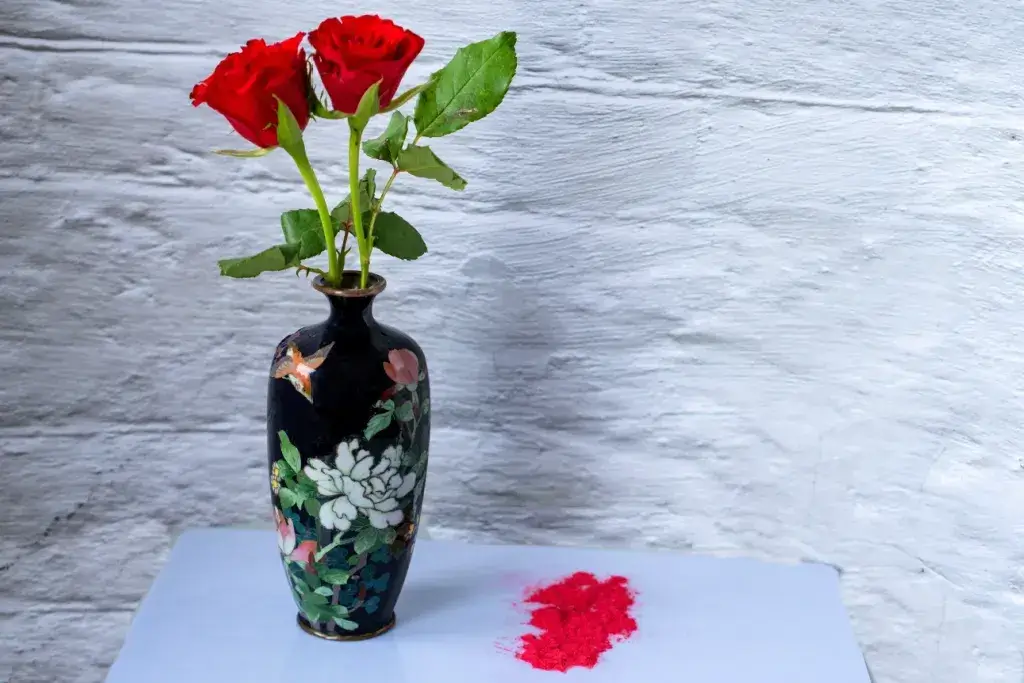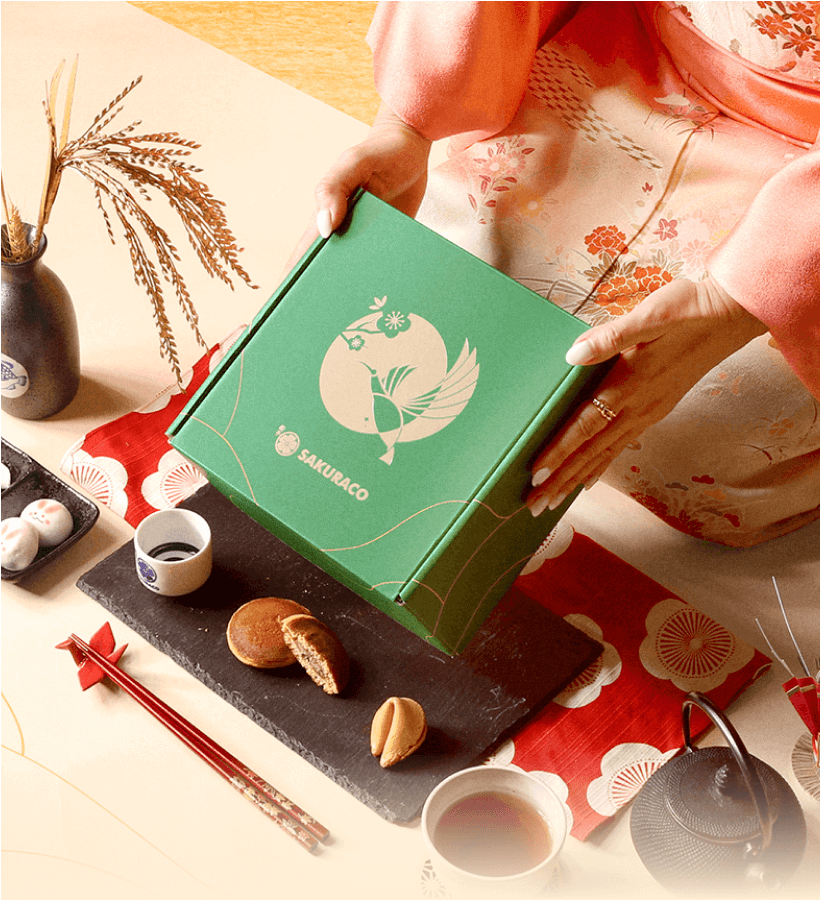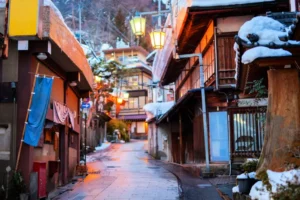Imagine holding a small dish that glows as if sunlight is trapped inside it. This perfect example of Japanese ceramics resembles glass, with its colors deep and luminous, outlined with threads of silver. That’s the magic of shippo yaki.
This craft turns metal and glass into something that breathes with light, sharing its life in glimpses and turns. It is so beautiful that it is considered a traditional craft that embodies Japan’s culture. Discover what this captivating ware is, its history, and more!
Table of Contents
ToggleWhat is shippo yaki?
Shippo yaki is Japan’s dazzling form of cloisonné enamelware. The word shippo means “seven treasures,” a term from Buddhist scripture that lists gold, silver, pearl, carnelian, agate, seashell, and lapis lazuli, with each representing sacred beauty. Artisans gave this name to their craft because every piece glows like a jewel.
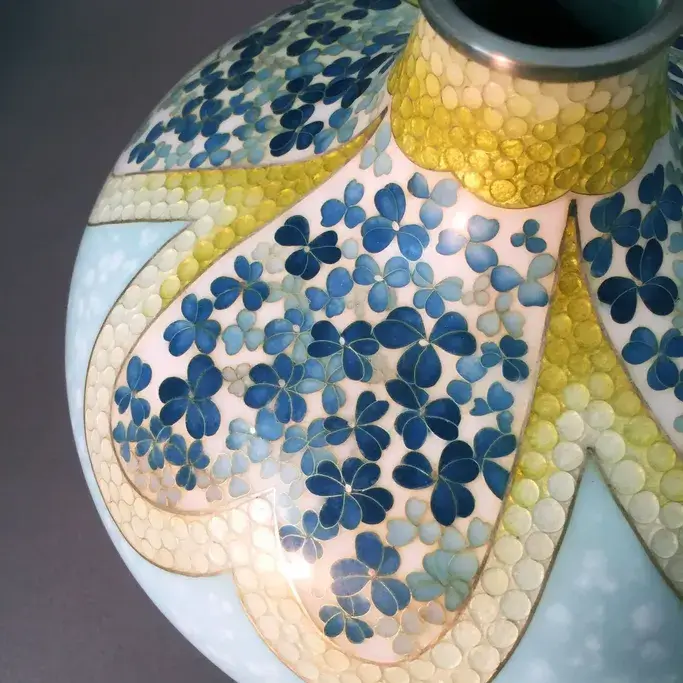
Unlike traditional Japanese ceramics, which are made from clay, shippo yaki begins with a metal base made of copper or silver. Thin silver wires outline patterns, and each small section is filled with colored enamel made from powdered glass and mineral pigments. The piece is then fired in a kiln, where the glass melts, hardens, and fuses into a smooth surface. After several rounds of firing and polishing, it gleams with a shine so clear and radiant that it appears to be a captured light.
History of Shippo Yaki
Shippo yaki’s story is one of creativity, curiosity, and cultural exchange. The cloisonné technique first arrived in Japan through trade with the Middle East and China long ago. Traces of early enamel decoration were found in ancient treasures from the 7th century, but the art form nearly vanished for centuries due to the impact of World War II.
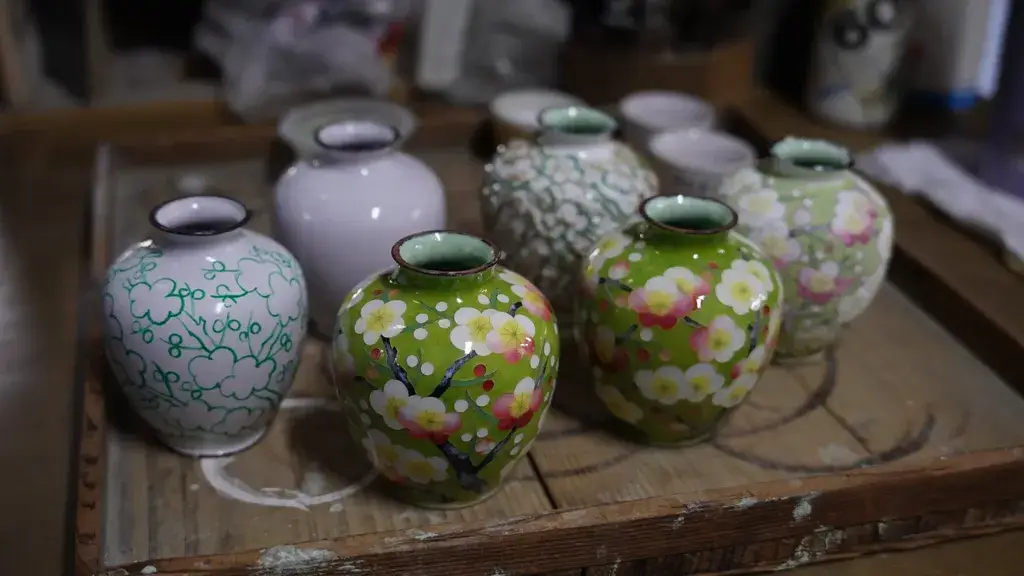
Its revival began in the 1800s with Tsunekichi Kaji, a craftsman from Nagoya. Fascinated by imported enamel pieces, he experimented tirelessly until he learned how to reproduce their brilliant colors and smooth finishes. His success transformed Nagoya into the heart of Japan’s enamelware production, and the nearby town of Shippo-chō even took its name from the craft itself. In 2010, Shippo-chō merged with nearby towns to become the city of Ama.
During the Meiji era (1868–1912), Japan was opening to the world, and the enamelware quickly caught international attention. In fact, since its debut at the 1867 Paris Exposition, Japanese cloisonné enamelware has been featured at numerous international exhibitions. Artists such as Namikawa Yasuyuki of Kyoto and Namikawa Sōsuke further refined the process to create translucent glazes and lifelike shading. Their masterpieces were displayed at world fairs in Europe, where people marveled at their beauty. Shippo yaki became a symbol of Japanese elegance and skill, and shone brightly on the center stage.
Are you looking for a subscription snack box that might include a unique ceramic gift? Check out Sakuraco! Sakuraco delivers traditional Japanese snacks, teas, and sweets from local Japanese makers directly to your door so you can enjoy the latest treats from Japan!
Influence on Japanese Culture
Shippo-yaki didn’t remain an insular craft. Its techniques and brilliance eventually inspired other Japanese crafts, from metal engraving to lacquer and glasswork. The delicate silver wirework encouraged precision in metal artistry, while the glowing enamel colors influenced how lacquerware artists layered pigments to create depth and dimension.
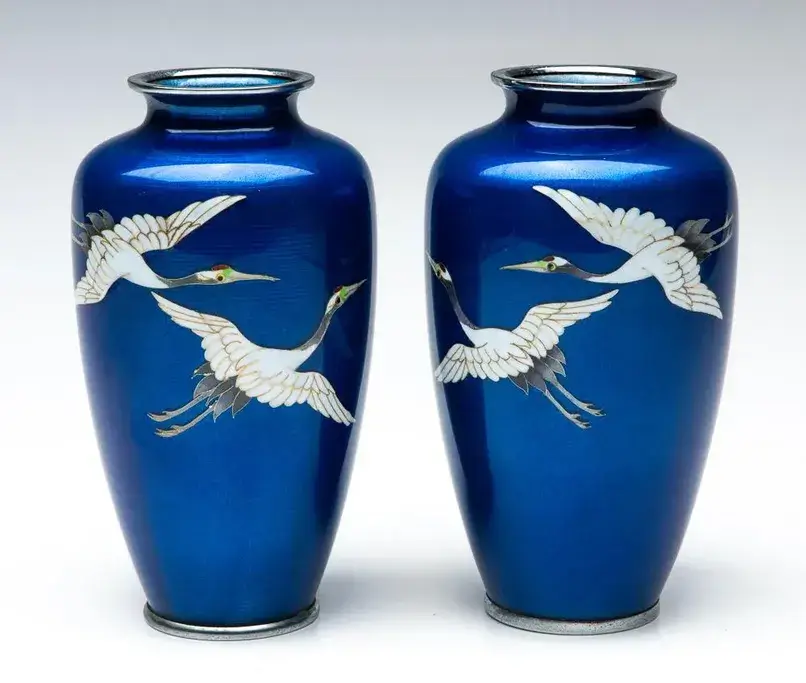
Some enamel masters also developed new styles such as musen shippo (wireless cloisonné), where the silver outlines vanish completely, and moriage shippo (raised cloisonné), which adds texture for a sculpted look. These innovations encouraged artisans across Japan to experiment and refine their own crafts, helping preserve the spirit of craftsmanship that defines the nation’s artistic culture.
Where can I buy shippo yaki?
It is not an exaggeration to say that shippo yaki is one of the pinnacles of Japanese ceramics. To see this craft in person, start your journey in Aichi Prefecture, especially in Ama City. Here lies the Shippo Art Village, a facility that offers exhibitions and workshops for cloisonné enamelware. Visitors can watch master artisans at work or even try their hand at creating a small pendant or dish of their own.
In Nagoya, the Ando Cloisonné Company continues to produce world-class enamelware and showcases historical masterpieces from Japan’s golden age. Home to Namikawa Yasuyuki’s legacy, Kyoto has boutiques selling elegant jewelry and accessories inspired by his designs. Of course, you can also find these crafts in Tokyo! Family-run studios in Taitō and Kita wards continue to craft cloisonné ornaments, charms, and decorative art pieces.
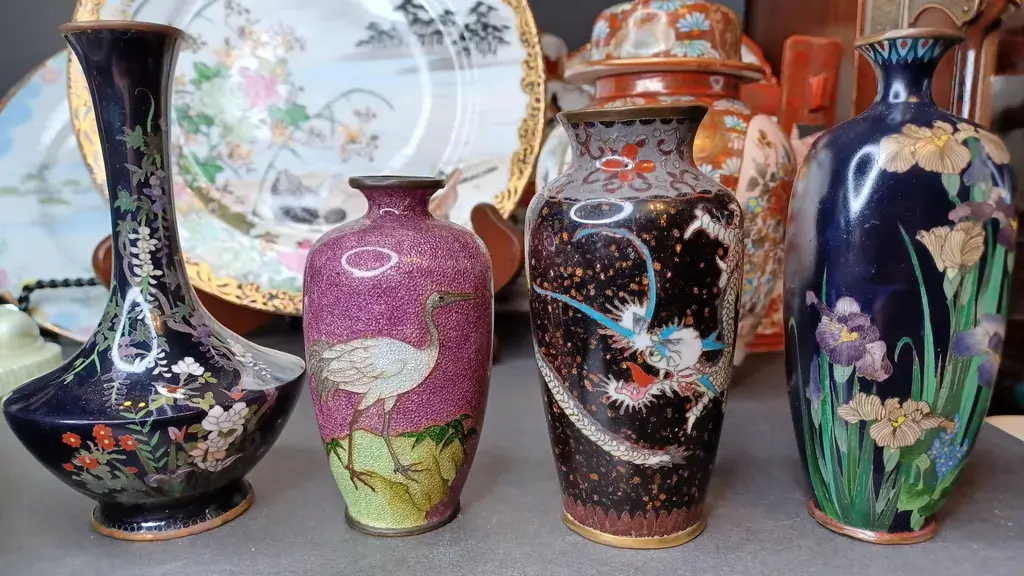
Many souvenir shops that specialize in Japanese ceramics and traditional crafts also sell shippo yaki accessories. You can find them in cultural districts like Asakusa in Tokyo or Gion in Kyoto. Major museums also often display historic cloisonné works that showcase the art’s complete evolution from the 19th century to the present day. Perhaps you can visit the Tokyo National Museum and the Kyoto National Museum to experience their elegance and creativity.
Shippo Yaki and the Beauty of Japanese Ceramics
Shippo yaki continues to enchant people around the world with its glow and precision. Every piece, from a small brooch to an ornate vase, represents hours of patience and countless layers of color and fire. While it differs from clay-based Japanese ceramics, it shares the same dedication to craftsmanship. It transforms simple materials into timeless beauty.
Indeed, the craft captures the Japanese spirit of harmony, respect for materials, and pursuit of perfection. To see its gleaming colors up close is to glimpse a part of Japan’s artistic heart–a radiant treasure born of glass, fire, and human imagination.


